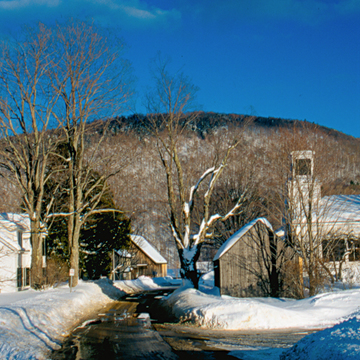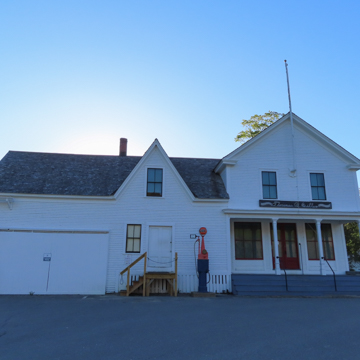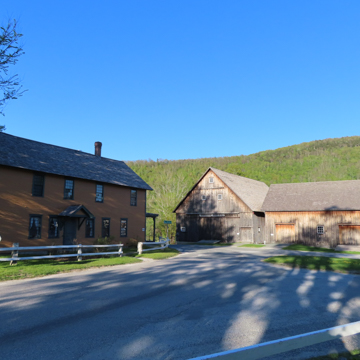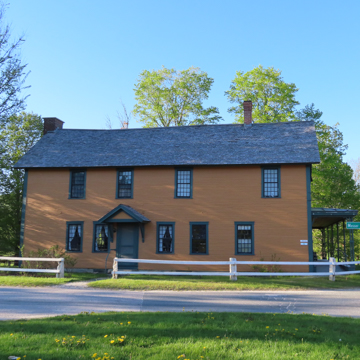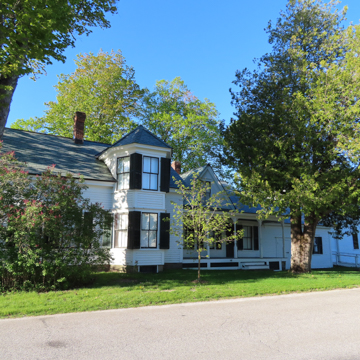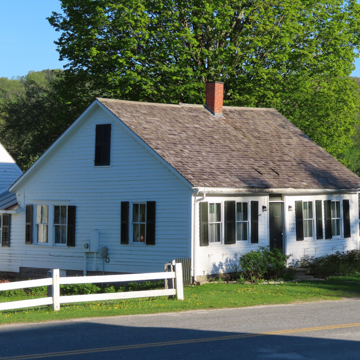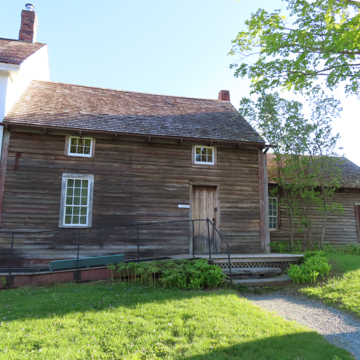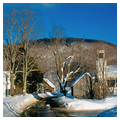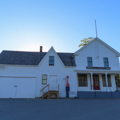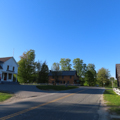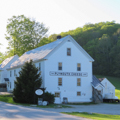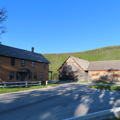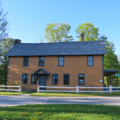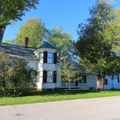Plymouth Notch has been called “Vermont's Brigadoon,” and as the fog lifts from this high valley on a summer or autumn morning, many would agree with that comparison. Located in the upper reaches of the Black River drainage, Plymouth Notch is now largely in public or protected ownership related to the President Calvin Coolidge State Historic Site. It was here in his parents' house on August 3, 1923, that Calvin Coolidge took the oath of office to become the thirtieth president of the United States. As preserved, Plymouth Notch remains typical of a 1920s Vermont village, with six farms that date back more than a century, commercial and institutional buildings, and tourist cabins. The visitors' center (1972, 2010) is the most visible modern building in the valley.
Most of the buildings are typical of the evolved landscape of piedmont Vermont. As an original and maintained grouping, the village is a rich environment for imagining the past, one that is the envy of presidential birthplaces and re-created “historic village” museums. The Coolidge story adds another dimension. The nationally prominent son of a village storekeeper was visiting his birthplace when he received a late night phone call that required him to be sworn in as president by his justice-of-the-peace father, John. The event evoked the idealized values of family and small-town life, imagery useful to a president who wanted to distance himself from the scandals of Warren Harding. The kerosene lamp, the Bible, and the pen that signed the oath are displayed in the parlor of the John Coolidge house.
Calvin Coolidge was born in the rear ell of John and Victoria Coolidge's Cilley Store (c. 1850). Located in the center of the village, the store retains the post office boxes and the maple and cherry countertops Coolidge built with his father in 1890 when he was too sick to attend school. Upstairs is a dance hall and meeting room, which Coolidge used as his summer White House in 1924. The Union Church (1840) to the west is similar in form and detailing to churches in adjacent Green Mountain towns. It has simple Greek Revival details, a double entrance, a square tower, and a lovely 1890s Carpenter Gothic interior by West Bridgewater carpenter Clarence Coates and his assistant Willie Pierce.
Other buildings open to the public include the Wilder Barn, a mid-nineteenth-century Yankee bank barn. Across from the Coolidges' store is the home of Ruth Aldrich, who opened a tearoom, gift shop, and roadside stand to take advantage of the influx of visitors Coolidge's birthplace had engendered. In 1927 she purchased four tourist-cabin kits and erected them in the field next to her house. The simple wooden “Top of the Notch Cabins” is a fine ensemble of 1920s roadside commercial architecture, once very common along Vermont's highways.





















